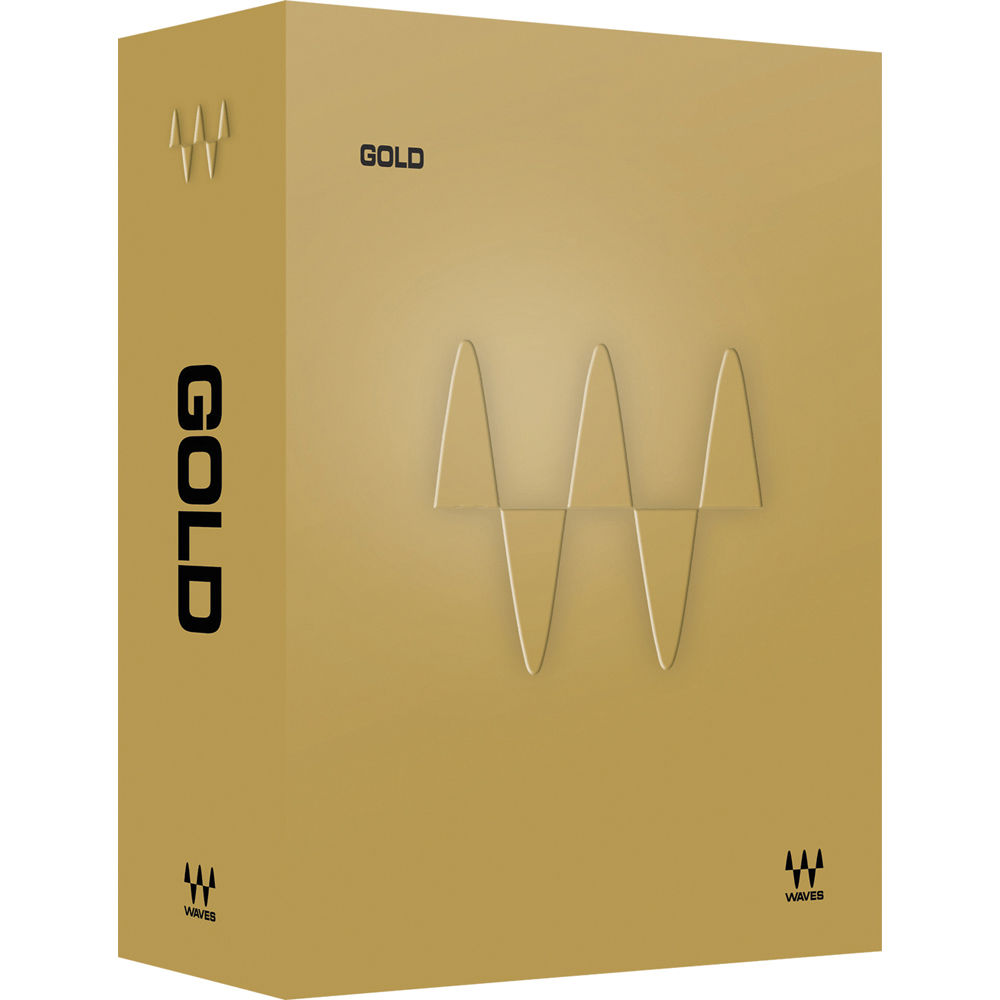

To predict how tsunamis will travel after a ocean earthquake, engineers must understand wave properties and how they travel. Engineers must understand all the properties of waves and how waves can differ from one another in order to design safe and effective products. For example: microwave ovens, x-ray machines, eyeglasses, tsunami prediction, radios and speakers. This engineering curriculum aligns to Next Generation Science Standards ( NGSS).Įngineers apply their knowledge of waves to design an array of useful products and tools, many of which are evident in our everyday lives. With this knowledge, students better understand waves and are a step closer to understanding how humans see color. They also make observations about the waves they drew to determine which has the highest and the lowest frequency.

Then they label wave parts on a worksheet diagram and draw their own waves with specified properties (crest, trough and wavelength). During the presentation of lecture information on wave characteristics and properties, students take notes using a handout. Students learn about the types of waves and how they change direction, as well as basic wave properties such as wavelength, frequency, amplitude and speed.


 0 kommentar(er)
0 kommentar(er)
